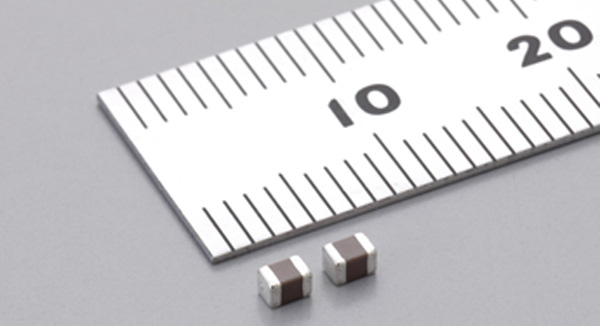
Capacitors are usual in electronic circuit design. They have multiple capacitance for difference applications. What is the capacitance? And what is the conversion method?
Electric charges move under force in an electric field. When there is a medium between the conductors, it hinders the movement of charges and accumulates on the conductors, resulting in the accumulation and storage of charges. The amount of stored charges is called capacitance. The size of the capacitor represents its ability to accommodate the electric field. From a physical point of view, it is a static charge storage medium and an indispensable electronic component in the fields of electronics and electric power. Due to the permanence of the charge, the use of capacitors is very wide, mainly used in power supply filtering, signal filtering, signal coupling, resonance, energy storage, DC blocking and other circuits.
The international standard unit of capacitance value is F, and the base unit is pF. The unit conversion formula of the chip capacitor is: 1F=1000mF, 1mF=1000uF, 1uF=1000nF, 1nF=1000pF.
For example, the capacitance value of YAGEO CC0402KRX7R7BB104 is 104, its calculation is 10*10^4, and the result is 100000pf. Generally, three digits are used to indicate the size of the capacity, so 104 will be expressed in 0.1uF after conversion.
Why is the capacitance of the ceramic capacitors you purchased are lower than the parameter it have? Over time, ceramic capacitors will experience capacitance loss due to structural changes, which is inevitable. But apart from it, what other factors need to be considered?
Test Conditions
SMD capacitors with different capacitance values need to be measured under different test conditions, because there is a difference between the setting of the test voltage and the setting of the test frequency.
Measuring Instruments
The difference of the measuring instrument also has an influence on the measurement result, especially the capacitance with a capacitance value of 1uF or more is more prone to be low during the measurement. Due to the internal impedance divider of the instrument, the test voltage is different from the actual display setting voltage, which cannot match the voltage required by the test conditions.
The Test Environmental Conditions
SMD ceramic capacitors have significant changes in capacitance under different working environments, so they are also called non-temperature-compensated components. In the case of high external ambient temperature, the test value of the capacitance value of the capacitor is relatively low. Generally recommended environmental conditions are 25°C.

